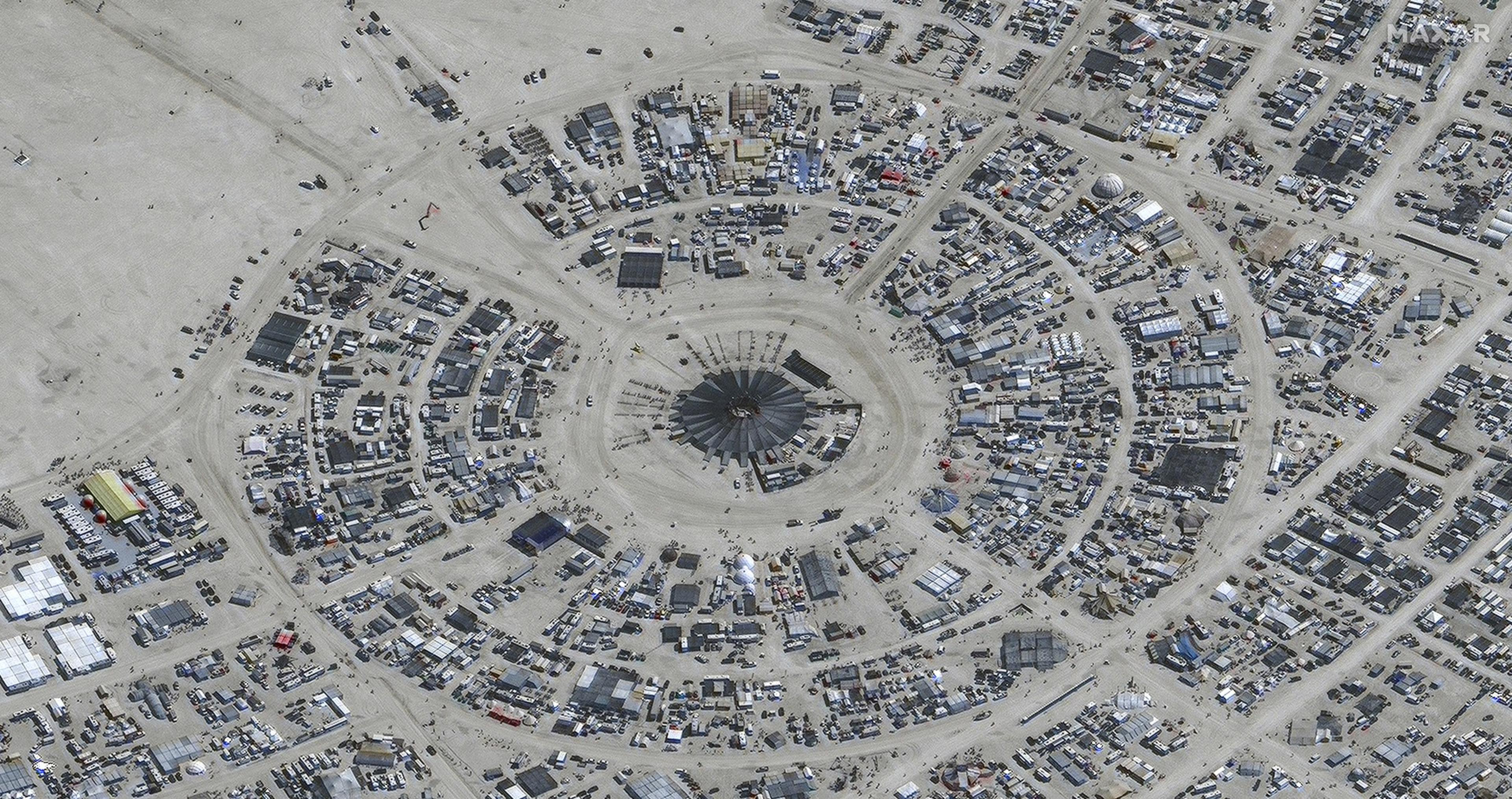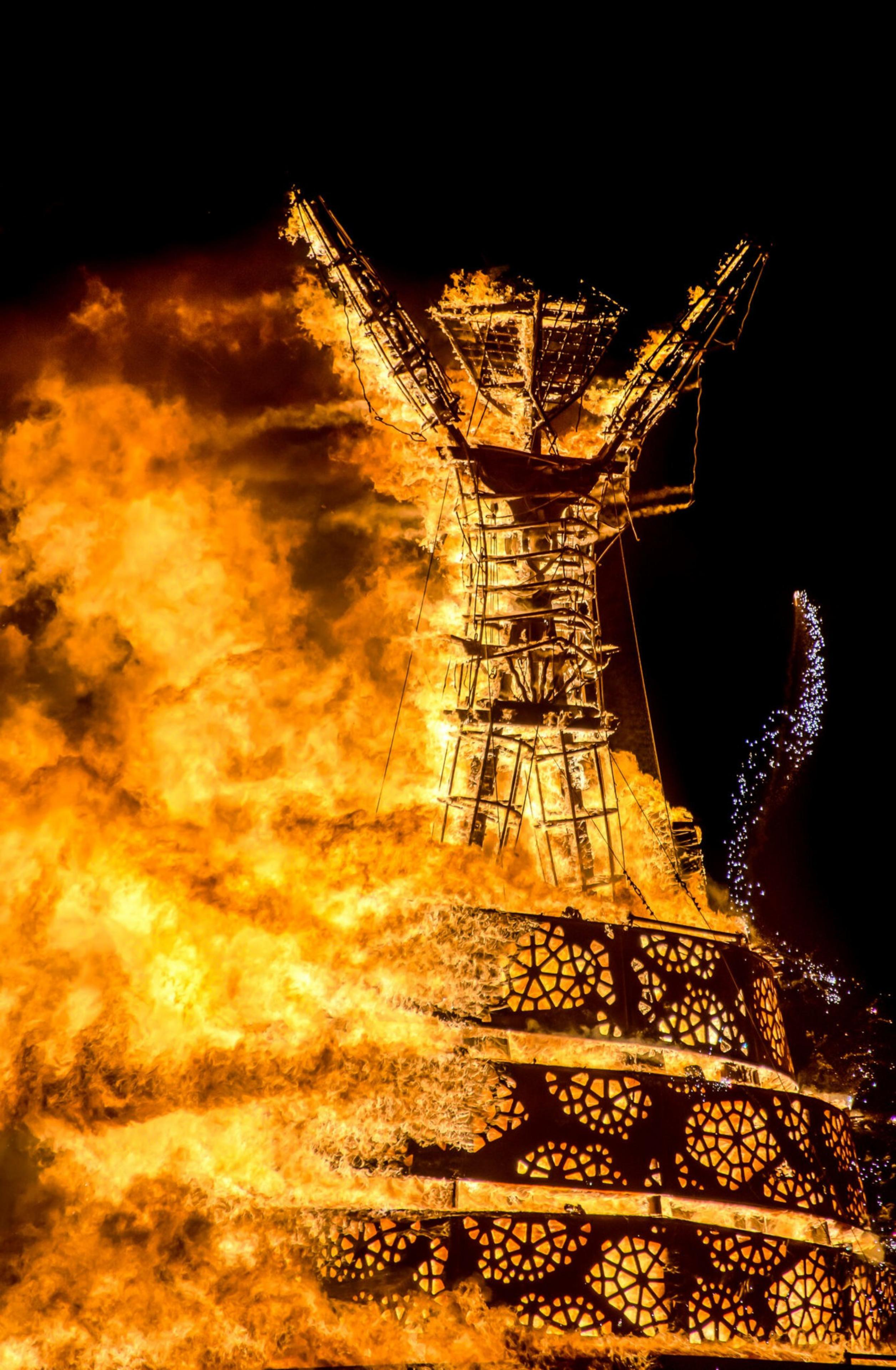An urgent call last month for donations has riled the Burning Man community.
When the organization responsible for the annual desert gathering declared itself desperate for cash, seeking nearly $20 million in donations (opens in new tab)before the start of 2025 ticket sales, some Burners cried foul.
Across hundreds of blog comments and social media posts, Burners pilloried the organization for what they fear is excessive spending and an undue expansion beyond the original weeklong event in the Nevada desert. Instead of a rallying cry, the plea for donations spurred frustration.
“It feels to me, from the outside looking in, there is either mismanagement of money or a lack of communication going on,” David Heiblim, an artist who participates in the event, told The Standard.
The organization blames sluggish ticket sales. This year, it did not sell as many higher-priced tickets as expected, leading to a shortfall of $5.7 million, while regular ticket sales declined by $3 million.
Proceeds from regular ticket sales are lower than total expenses, the organization says, with costs to produce the event pegged at $749 per participant versus $575 per main sale ticket price. The group’s $66.6 million in total revenue in 2023 (which includes donations, ticket sales, and other small revenue streams) barely covered costs of $63.6 million.
The organization said it has implemented layoffs and pay cuts in recent years and generally “tightened our belt.” But attendees have criticized the organization’s spending outside (opens in new tab) of the core Black Rock City event, demanded more financial transparency, and questioned whether leadership understands the exasperation from the community. In addition to the annual desert gathering, the organization supports regional events, manages a 3,800-acre ranch in northern Nevada (opens in new tab), and has other outposts (opens in new tab) and investments (opens in new tab) related to its mission.
Over the years, expenses associated with civic engagement and non-Black Rock City programs have increased, as have management, administrative, and fundraising costs. In 2014, those categories comprised roughly 17% of total expenses at $5.3 million; in 2023, they were 25% at $16 million, according to the organization’s financial report (opens in new tab). Meanwhile, Black Rock City costs for toilets, medical resources, communications, and government fees increased from $23.3 million to $43.8 million.

The organization says all its activities are “intrinsically linked” to the success of Black Rock City and align with its mission to globally promote its 10 principles (opens in new tab), which include radical inclusion and self-expression.
“There is more Burning Man out in the world and the movement has momentum!” CEO Marian Goodell (opens in new tab)wrote on the organization’s website in October.
But many Burners are demanding more transparency and focus. One fundraising post (opens in new tab) racked up more than 180 comments, the majority of which were negative, while Facebook groups and Reddit threads buzzed with frustration.
Christopher Schardt, an artist and self-described “true believer” in Burning Man, addressed his complaint to Goodell.
“Rather than saying, ‘We overspent. We hear you. We’ve already cut all non-event expenditures! We’ve already cut salaries and staff. We’re looking for cheaper office space now!’ you again ask for the community to finance the current, unsustainable business model,” he wrote.
Other online criticism ranged from the heartfelt to the snarky. “Ditch the global aspirations. Get your financial house in order,” wrote one commenter (opens in new tab); another urged leaders to “get down off their sparkle-thrones” and “act like a business.” (In Burner lingo, a “sparkle pony” denotes someone with unrealistic efforts and expectations.)
Burning Man director Stuart Mangrum wrote that the (opens in new tab) increased costs represent the organization’s shifting goals: “In some respects, the current money challenges are predictable growing pains rooted in our transition from an event production company with a nonprofit side hustle to an arts and culture nonprofit that also performs the annual magic trick that is Black Rock City.”
Some described his missive as tone-deaf. The complaints and criticism reached such a fever pitch in one Facebook group that its moderator declared that it would no longer let members “whine about the org” and deleted all critical posts.

The organization on Saturday posted an FAQ about its fundraising (opens in new tab) and spending in an attempt to quell Burners’ worries. It didn’t seem to work.
“We don’t want to fund your vanity projects,” one commenter wrote about the organization’s activities beyond its main event. “Until you start making some hard decisions and scaling back the non-BRC efforts, I have no interest in donating beyond the ticket cost.”
Other posters suggested making separate donation buckets for those who want to support Black Rock City versus the organization’s broader efforts.
“Other causes should be separated out into a different entity (or entities) and people can donate to those if they wish,” Anton Cauthorn, an attorney, wrote. “Create a laser-like focus on the event only. If you do that, I’ll donate.”
A spokesperson for Burning Man didn’t respond to a request for comment about its funding efforts (opens in new tab).
